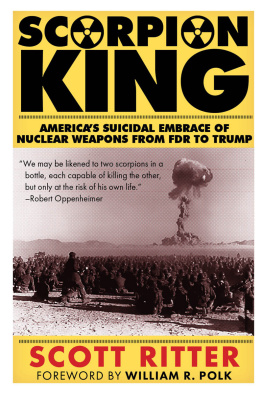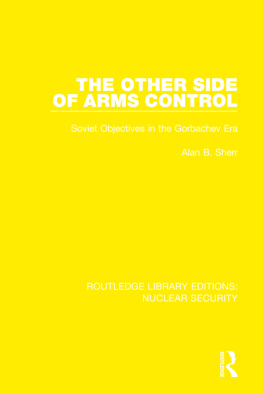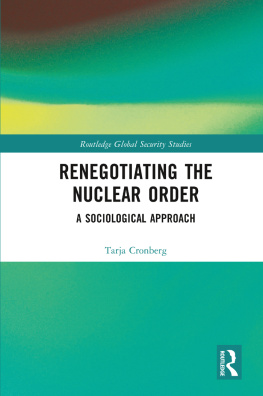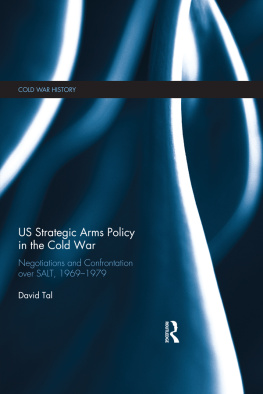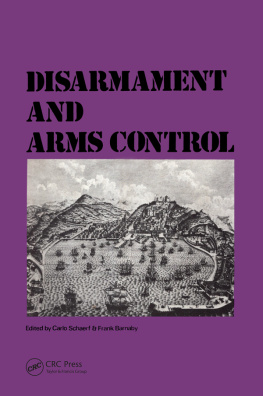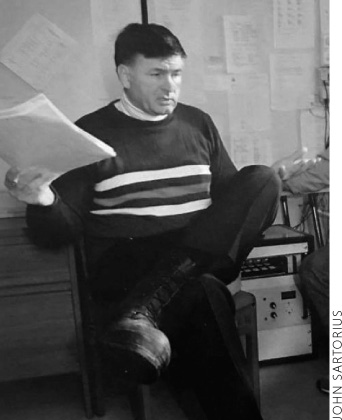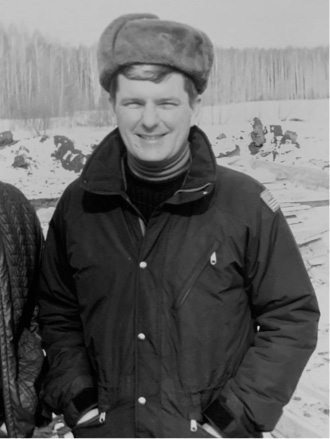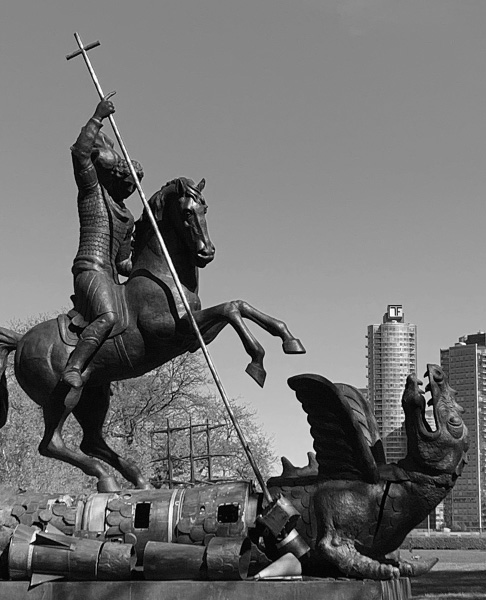Scott Ritter - Disarmament in the Time of Perestroika: Arms Control and the End of the Soviet Union
Here you can read online Scott Ritter - Disarmament in the Time of Perestroika: Arms Control and the End of the Soviet Union full text of the book (entire story) in english for free. Download pdf and epub, get meaning, cover and reviews about this ebook. City: Atlanta, year: 2022, publisher: Clarity Press, genre: History. Description of the work, (preface) as well as reviews are available. Best literature library LitArk.com created for fans of good reading and offers a wide selection of genres:
Romance novel
Science fiction
Adventure
Detective
Science
History
Home and family
Prose
Art
Politics
Computer
Non-fiction
Religion
Business
Children
Humor
Choose a favorite category and find really read worthwhile books. Enjoy immersion in the world of imagination, feel the emotions of the characters or learn something new for yourself, make an fascinating discovery.
- Book:Disarmament in the Time of Perestroika: Arms Control and the End of the Soviet Union
- Author:
- Publisher:Clarity Press
- Genre:
- Year:2022
- City:Atlanta
- Rating:4 / 5
- Favourites:Add to favourites
- Your mark:
Disarmament in the Time of Perestroika: Arms Control and the End of the Soviet Union: summary, description and annotation
We offer to read an annotation, description, summary or preface (depends on what the author of the book "Disarmament in the Time of Perestroika: Arms Control and the End of the Soviet Union" wrote himself). If you haven't found the necessary information about the book — write in the comments, we will try to find it.
Ritter traces in great detail the formation of the On-Site Inspection Agency, who was involved, and how a technologically advanced compliance verification system was installed outside the gates of one of the most sensitive military industrial facilities in the remote Soviet city of Votkinsk, nestled in the foothills of the Ural Mountains in the Soviet Union. He draws upon his own personal history occasionally hilarious, occasionally fraught with peril as well as the recollections of the other inspectors and personnel involved, and an extensive archive of reports and memoranda relating to the work of OSIA to tell the story of how OSIA was created, and the first three years of inspection operations at the Votkinsk portal monitoring facility. The Votkinsk Portal, circa December 1988, was the wild, wild East of arms control, a place where the inspectors and inspected alike were writing the rules of the game as it played out before them.
This treaty implementation did not occur in a geopolitical vacuum. Ritter captures, on a human level, the historic changes taking place inside the Soviet Union under the leadership of Mikhail Gorbachev due to the new policies of perestroika and glasnost that gripped the Soviet Union during this time, and their real and meaningful impact on the lives of the Soviet people, and the economic functioning of the Soviet nation. Much of it was for the worse.
The INF treaty was not only born of these new policies, but also helped trigger meaningful changes inside the Soviet Union due to the economic and political implications brought on by the cessation of missile production in a factory town whose lifeblood was missile production.
Scott Ritter: author's other books
Who wrote Disarmament in the Time of Perestroika: Arms Control and the End of the Soviet Union? Find out the surname, the name of the author of the book and a list of all author's works by series.


